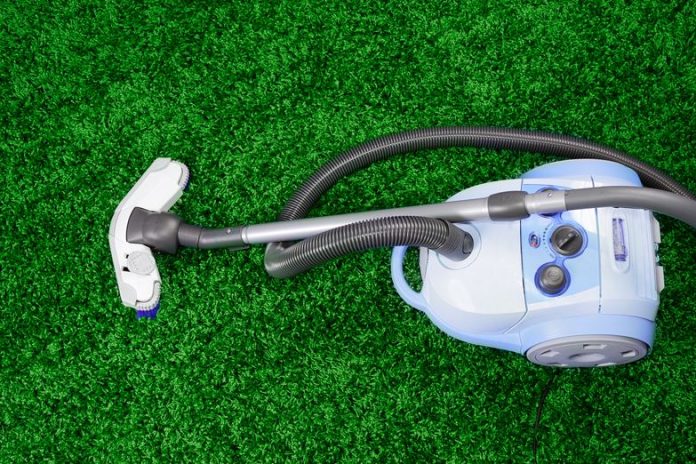Last week a professional carpet cleaner had come to our place. He intended to give a live demonstration of various methods of cleaning carpets with respect to the specific fibers used in the weaving of each type of carpet.
It sounded very interesting and also very essential for the maintenance of our house. Soon I made arrangements and called a few of my friends to hear his demo.
Believe me, all of us were benefited in some way or the other. For long, many of us were just at fault in keeping the carpets clean.
Every time we went for vacuuming and could not find that original luster and feel of firmness. And somewhere it seemed that the dirt remained back even after cleaning.
Actually this is a common mistake we tend to commit. If there is a specification of each type of fiber and fabric, then it is obvious the treatment of cleaning won’t be the same for all.
You must know that specificity to avoid any sort of damage to your carpets and keep them well and durable for a longer service.
Its known to all that carpets can be weaved of both the natural and the synthetic fibers. Among the natural fibers, the most common is cotton and natural wool from animals.
In the synthetic fabrics, nylon, polyester, etc. play an important role. So for each of these fibers, some specifications are to be maintained for keeping them clean.
Some general rules to be followed while carpet cleaning:
– You always vacuum those areas that are frequently used by your family members and others. But what about those hidden regions where furniture are kept?
So whenever you take up the job of cleaning carpets thoroughly maybe twice a month, then either you evacuate the room or fix some type of film made of plastic so that the stains of furniture don’t damage that portion of the carpet.
– For cotton carpets, the cleaning procedure is not that tough. Cotton can be soaked and rinsed well in detergent solutions.
Detect those areas where dust, dirt, and soil penetrate deep within the fiber bed. Vacuum them out. Cotton or rayon is primarily cellulose.
One thing you should always keep in mind that extra application of heat, even natural sunlight can be harmful to the colors.
Avoid using excessive alkaline solutions for cleaning and don’t leave your carpets wet. Cotton has a general tendency to shrink, so don’t unnecessarily squeeze and soak in water. Apply this only for stain removal and try to keep the cotton carpet dry under normal conditions.
– Cleaning silk carpets require more care. The most effective process is dry cleaning, which you often use for your silken outfits.
It’s preferable to get the cleaning done by the professional cleaners. Silk is a very tender and sensitive fiber.
If exposed to extra heat or high temperatures, the fibers can badly get distorted. Even too much water and sunlight decrease the normal strength of the fiber.
– While cleaning woolen carpets, follow the simple clause. No bleach and very low quantity alkaline solutions only if required are to be used.
Detergent with pH factor between 5 and 8, something around the neutral sate is a better cleaning agent and keeps the quality of the wool as it is.
Don’t use heat and leave the woolen carpets under sunlight for a prolonged period. This squeezes the wool and develops a brown tinge on the colorful base.
– For jute, sisal, and coir, the best method is to go for professional cleaning through the process of dry foam extraction.
Always check the pH factor and keep it not more than 7.5 to retain the colors of your carpets. Don’t go for a long drying process either.
Once you are aware of the sensitivity of the fibers used in the carpet weaving along with the brief of their cleaning, you can really buy any type that suits best on the floor and matches the ambiance of your home.
Is this not a better way to approach a new thing, be it carpeting? What do you think?

